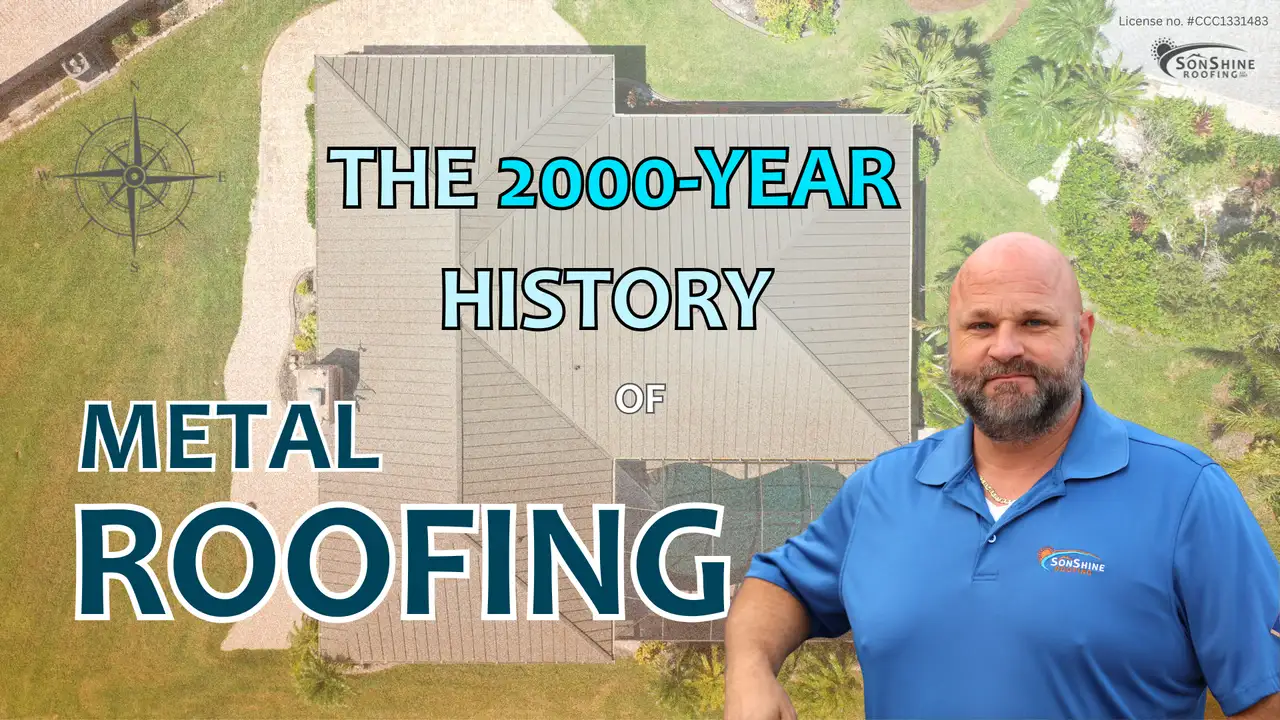“The Insurance Company Says It Was Already Damaged” — How to Protect Yourself Before the Next Hurricane Hits with a Pre-Storm Roof Inspection
Every year, Florida homeowners watch the weather reports with a familiar mix of dread and preparation. After last year’s season, many Florida homeowners learned a lesson the hard way:
Your insurance company may not pay for hurricane roof damage if they can argue that your roof was already compromised before the storm.
And believe us — they’re very good at making that argument. This is why you need a pre-storm roof inspection.
“Pre-existing damage”: The insurance company’s favorite excuse
We see it every year, especially here along the Gulf Coast. A major storm barrels through, and afterward, homeowners call us with stories like this:
“We had missing shingles and a leak after the storm. I filed a claim, and the adjuster came out. Now they’re saying the damage was already there. They denied the whole claim!”
Sadly, this is one of the most common denial tactics used by insurers after hurricanes. Why? Because, legally, as long as they can cast reasonable doubt that the roof was already “compromised” before the storm, they can minimize or outright deny your claim.
How can you prevent this?
Have documented proof of your roof’s condition before the storm. And that’s where we come in.
Why a pre-storm roof inspection is your best leverage
Here’s the thing: if you can show clear documentation on your roof’s condition before the storm hits, the insurance company has a much harder time denying your claim. It puts them on notice, and gives you peace of mind.
And let’s be clear here: this isn’t about “gaming the system.” It’s about protecting what’s fair. If your roof is in good shape before the storm, you deserve to have damage caused by the storm to be covered. Additionally, if your roof has minor issues now, you deserve a chance to fix them proactively — not have them used against you later.
Common homeowner questions
“What if my roof does have issues now?”
No problem! That’s what the inspection is for — we can help you proactively repair minor issues now, so they won’t be used against you later.
“Is this only for older roofs?”
No — even new roofs should be routinely inspected in the state of Florida. Insurers will look for any reason to minimize or outright deny a claim, and you should be prepared for any situation.
“Won’t my insurance company know if I get an inspection?”
Yes – and that’s a good thing. It shows you are responsible and maintain your roof. Insurers respect that, and it strengthens your case. You want them to know,
The bottom line: Don’t leave yourself exposed
You can’t control when the next hurricane will hit, but you can take proactive measures to protect your investment. A SonShine Roofing Pre-Storm Inspection is one of the smartest moves you can make. It’s affordable. It’s fast. And it could potentially save you tens of thousands of dollars.
Insurance companies aren’t the villains — but they are businesses. They rely on policyholders not knowing their rights or responsibilities. That’s why preparation is your greatest tool. In fact, the Florida Department of Financial Services recommends routine roof inspections to stay ahead of costly storm damage. This small step not only safeguards your home but can also strengthen your claim in court if it ever comes to that. When you schedule your inspection with SonShine Roofing, we document anything and everything, giving you confidence, leverage, and peace of mind.
Schedule Your Pre-Storm Inspection Today,
Save Thousands Tomorrow.
📞 (941) 866-4320
✉️ messages@next.next.sonshineroofing.com













